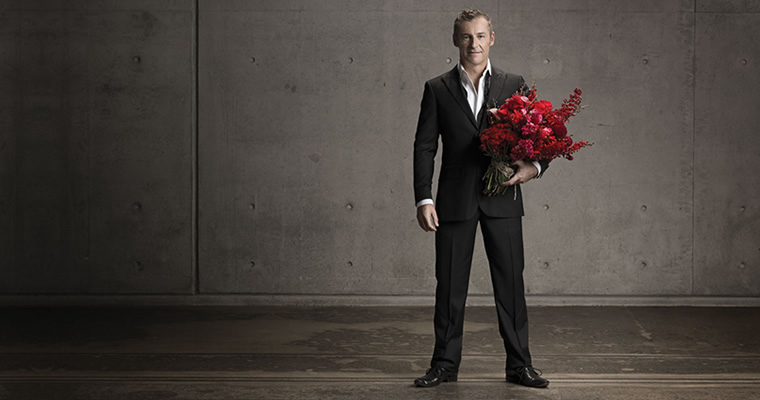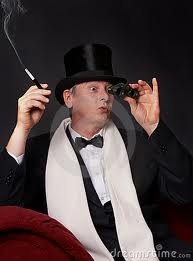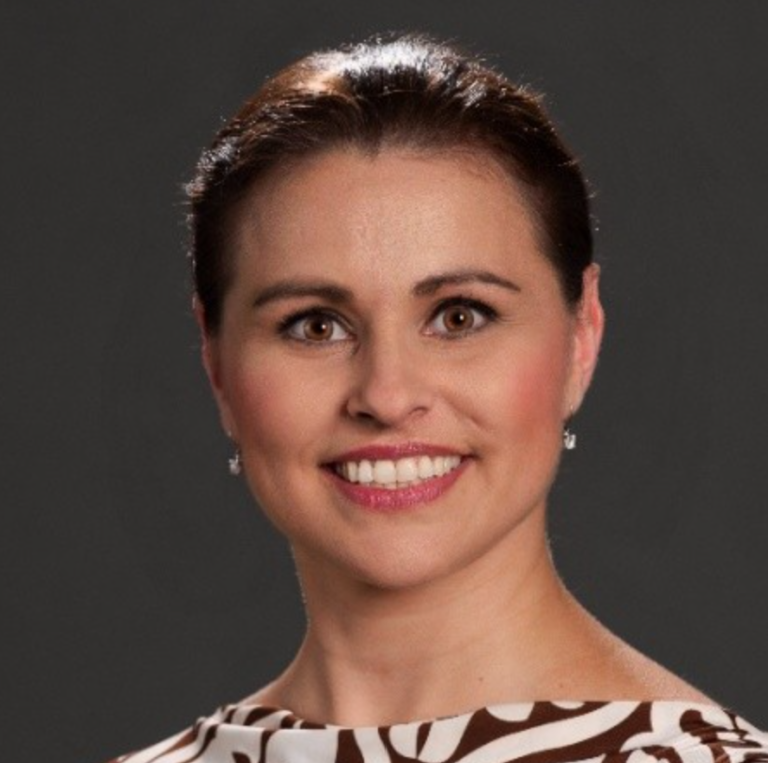The Australian Brandenburg Orchestra’s 25th season.

The Australian Brandenburg Orchestra has announced its 2014 line up. True to the niche it has created for itself , the programme focuses on music from early classical times and before, with a splash of Bartok and deFalla on the side. The orchestra is joined at various times by its choir, and soloists performing works on instruments that express the essence of the ensemble – and this year, there is a troupe of Whirling Dervishes to perform their dizzying, hypnotic pirouettes in a programme inspired by the Orient.
It’s a critical year in the success of the orchestra which celebrates 25 years of performance in 2014. Created by Paul Dyer on his return from post-graduate study in The Netherlands, today he remains its hands – on Artistic Director, playing the harpsichord and conducting. The ensemble has continuously presented an annual concert series featuring world class soloists from Australia and overseas, and garnered numerous awards for its 16 recordings, among them, 5 ARIA awards.
Next year’s line -up promises no less.
The season opener in February is themed around the music of JS Bach. This concert features Bach Homage Tones composed by Elena Kats-Chernin especially for the occasion. Anchoring the Bach programme are the Suite No 4 BWV 1069 in D major and the joyful Magnificat BWV243a in E flat major – and no, that is not a typo. Whilst the D major version is more frequently heard and very likely easier for the trumpets to play, the earlier version in E flat major has been unfairly ignored. JS Bach’s setting of the Magnificat is more important than is realised. It is one of his first forays into setting Latin text and was composed during his first year in Leipzig (1723), most likely to be sung at Vespers on Christmas Day.
Israeli mandolin player, Grammy Award nominee and Deutsch Grammophon recording artist Avi Avital performs in May. The history of the mandolin extends back 400 years and craftsmen like Stradivari, Bergonzi and Guadagnini created mandolins in their workshops. Caldara, Arrigoni and Sammartini are some of the composers who wrote for the mandolin. The instrument had a presence in folk music as well, and this what Avital will bring with him in the collection of works for mandolin by Vivaldi, JS Bach, Pachelbel and Albinoni, with the Danse Espagnol by deFalla and Bartok’s Romanian Folk Dances.
For something really different, the gifted Baroque violinist and counter-tenor Dmitry Sinkovsky arrives in July to perform Baroque violin classics by Vivaldi, Corelli and Avison/Scarlatti. In an unusual piece of programming he will rest his violin to return to the stage as a counter-tenor to sing Vivaldi’s Cantata for alto, strings and continuo RV 684, Cessate, omai cessate with the orchestra.
Come September, flautist Melissa Farrow and harpist Marshall McGuire are the featured soloists in Mozart’s Concerto for Flute and Harp K299 one of a triptych of Mozart’s gems. Dyer has chosen to flank this with the Overture to Lucio Silla (1772), and Mozart’s final symphony, the Symphony no 41 in C major, the ‘Jupiter’, which culminates in a magnificent 5 part fugue.
There is an exploration of the mystical with an exotic October programme inspired by Orientalism. Dyer has invited five traditional Turkish musicians to perform with the orchestra and the Brandenburg Chanters. Joining them will be a troupe of Whirling Dervishes and together they will take a transcendental journey from France to Istanbul along the ribbon of the Silk Road.
Finally, in December, the event which has become a fixture in the Brandenburg calendar, Nöel! Nöel! Christmas with a Twist, in which choir and orchestra promise the ancient, the traditional and the new, with music from France, Germany and England, medieval times and well loved carols, including the incomparable Stille Nacht by Franz Gruber.
To subscribe: http://brandenburg.com.au/2014/





